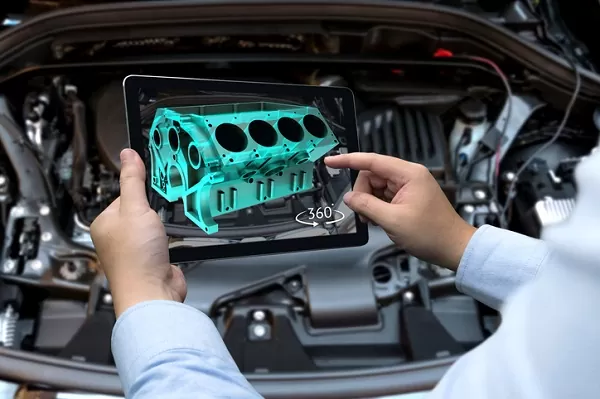The majority of car accidents revolve around two or three drivers. Fault with such cases is straightforward and likely ties together to one driver. However, when it comes to chain reaction vehicle accidents, there are multiple drivers at fault.
Figuring out who is at fault is a nightmarish process and involves conflicting perspectives. Chain reaction accidents are highly complex and require special assistance from an experienced accident attorney.
A chain reaction accident involves, say, drivers A, B, C, and D. This is a simple example that shows four different car drivers can incur property damage and personal injuries. But legally, there’s a good chance you cannot hold all drivers accountable for the accident.
What Leads to a Chain Reaction Car Accident?
Chain reaction vehicle accidents occur for many reasons. The causes are not too different from read-end serious collisions. Driver error is the most common issue that makes chain reaction car accidents prevalent. Similarly, negligence also triggers auto chain reaction accidents.
According to the New Haven car accident attorney from Weber & Rubano explain that chain reactions occurs when people drive aggressively or recklessly. It can also be because of terrible road conditions or vehicle malfunction. Drunk driving also leads to multiple collisions and wreaks havoc behind its path. There are many elements that trigger chain reaction car accidents. It’s what makes determining which driver is at fault in a complex chain reaction accident so challenging.
Who is Responsible in a Chain Reaction Car Accident?
The element that defines chain reaction car accidents involves various parties and triggering factors. For example, take Travis Buckle, a driver who exceeds speed more than he has to in rainy conditions. Now, he fails to slow down in traffic in critical time.
On the other hand, there’s Donna, another driver, who is texting while driving and makes close contact. So, when Donna gets hit by Travis’ car, she can’t reverse back or stop hitting another rider, Donny. Typically, the first person that started the chain reaction is at fault.
However, the first driver is also the first person that responds to the police officer. They’ll have a conversation about who’s who and who’s involved in this accident and take official statements. Police officers also survey the accident scene and review/cross-reference relevant evidence.
The goal of the police officer on the scene is to compile a thorough accident report. In chain reaction accidents, auto insurance agencies use their insurance adjusters to find out custom details about each accident to decide how much policyholders are liable for their claims and how much they will have to pay from their pockets.
Auto insurance adjusters usually fact-check police data and collect additional data by checking out the accident scene and inspecting damaged cars. Insurance adjusters also reach out to witnesses to confirm their official testimonies about the car accident.
Insurance adjusters also get statements from involved drivers in the accident to get the full picture. Once the police investigation is complete, the adjuster objectively decides who is responsible for the chain reaction car accident.
It depends on the claimed damages and auto insurance coverage type for the insurance adjuster to authorize payouts to drivers who aren’t responsible for the chain reaction accident. In case of a shared fault, adjusters handle the claim based on state laws.
You should always contact an experienced auto accident lawyer for every chain reaction accident. They can help you seamlessly deal with a chain reaction car accident and make your position clear.







